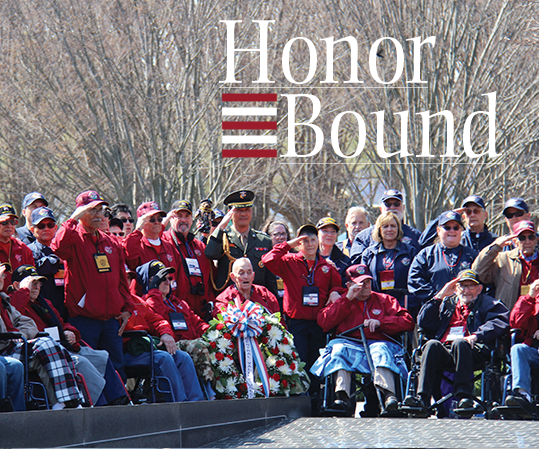It is arguably the nicest residential structure on Yosemite Avenue, Manteca’s premier east-west corridor.
The two-story apartment complex was restored to its original 1917 splendor and then some as part of a $1 million renovation project. It could easily pass as a trendy restored residential complex in a Southern California beach enclave.
In reality it is one of three family homeless shelters operated in Manteca under the auspices of HOPE Family Shelters currently marking its 25th year.
The fact you couldn’t guess that the Yosemite Avenue location is a homeless shelter speaks volumes of HOPE Family Shelters’ mission to integrate the homeless back into society as productive members who can support their families.
“We work at identifying why they are homeless and then work with them to address those issues,” noted HOPE Executive Director Cecily Ballungay.
The three shelters — one serves family, another is for mothers with children, and the other is transitional housing — are drug-free, meaning clients must be clean and stay that way during their stay. HOPE also established HELP Outreach in partnership with the Manteca Homeless Task Force to address issues with those living on the street.
A family’s stay is typically two months. During that time adults and children have access to counseling services, classes in budgeting and financing, and — if they are not employed — are coached on how to seek employment. HOPE Family Shelters provides food and personal hygiene products to allow clients to save their money to secure rental housing.
In many cases one or both parents are employed but due to a financial setback they find themselves without shelter. Often they have enough for rent, but not the deposit.
That holistic approach has allowed HOPE Family Shelters to enjoy a high success rate between 2014 and 2017, when HOPE served 948 individuals in 275 families. Of those, 35 percent found permanent housing, less than 9 percent returned to homelessness, and the rest either moved in with family members or some other shared arrangement. Typically with shelters in California, the success rate at finding permanent housing is 15 percent.
The success rate for 2017 for HOPE clients finding permanent housing hit 44 percent. Even more impressive for last year was the fact 100 percent of clients who did not have a job when they started their two-month stay in the shelter were employed before they left the program.
In a typical week, HOPE fields two dozen calls from families seeking help out of their situation.
“It is getting tougher,” Ballungay said. “We are seeing more and more people getting squeezed out of the Bay Area who are even having a hard time finding housing here.”
Of the 225 people on average HOPE works with during a typical year, 60 percent are children. The homeless assisted are primarily from Manteca, but nearly 40 percent are from nearby communities such as Lathrop, Ripon and Stockton.
HOPE Family Shelters was established by a coalition of churches that continue to support the effort. All but $40,000 of the $360,000 annual budget comes is in donations from individuals, businesses, churches and service groups as well as private sector grants. The remaining $40,000 comes from government sources.
The non-profit will be celebrating 25 Years of HOPE during an anniversary fundraising dinner on July 25, at the MRPS Hall in downtown Manteca. The evening starts at 5 p.m. Tickets are $75.
For more information on how you can help call Ballungay at (209) 824-0658 or go to
hopefamilyshekters.org.





